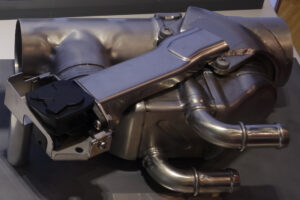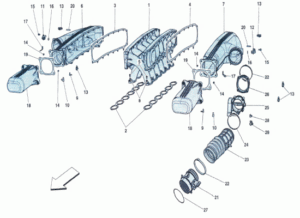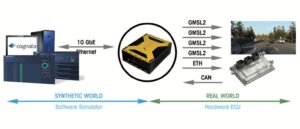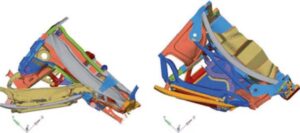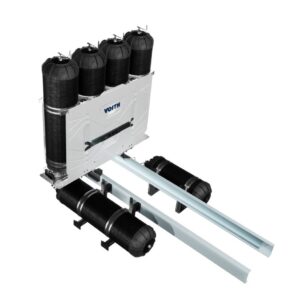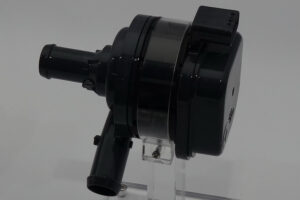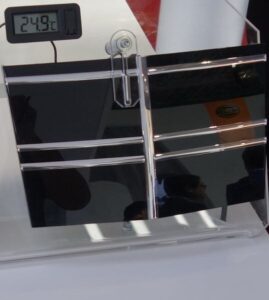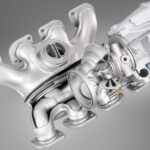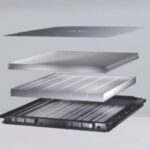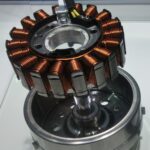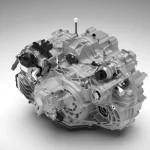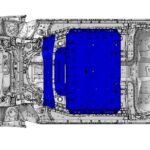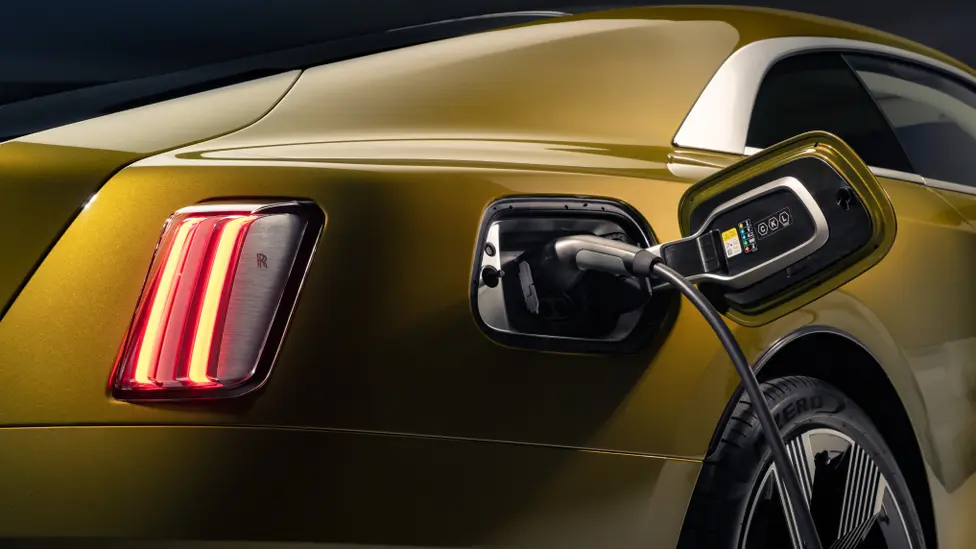
2003 saw the first Goodwood-era Phantom, built upon its own Bespoke architecture. This renaissance of the brand was Rolls-Royce 1.0. Following this, the ‘Architecture of Luxury’ was conceived – a new, highly flexible all-aluminium spaceframe architecture that could be tailored for electric drive, as well as today’s Phantom, Cullinan and Ghost models, and Coachbuild projects. This expansion of the marque’s offering was Rolls-Royce 2.0. The ability to tailor the Architecture of Luxury for electric drive was a fundamental consideration when it was first conceived. The introduction of a fully-electric powertrain and Decentralised Intelligence into the marque’s portfolio represents Rolls-Royce 3.0 and the beginning of the bold new all-electric era.
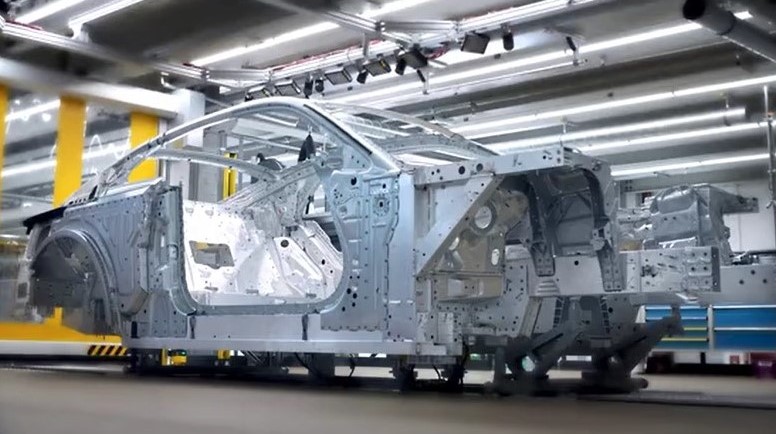
The sophisticated extruded aluminium sections and integration of the battery into the structure of the motor car enable it to be 30% stiffer than any previous Rolls-Royce. The flexibility of the architecture has also allowed engineers to place the floor halfway between the sill structures rather than on top or underneath them. A channel has been created for wiring and climate control pipework between the battery and the floor, with the battery mounted underneath, providing a perfectly smooth underfloor profile. This not only creates a low seating position and enveloping cabin but realises a secondary function for the battery – almost 700kg of sound deadening.

